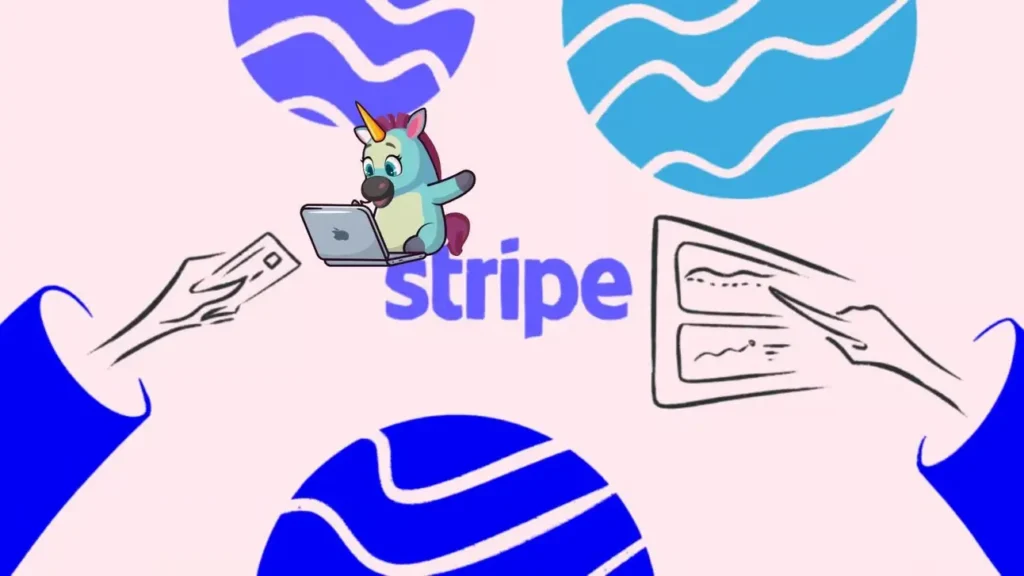
Hey there, growth enthusiasts! 👋
Buckle up for a mind-blowing journey through Stripe’s astronomical growth! 🎢
This payments trailblazer has captured millions of users in over 195 countries [1], processed a colossal $1 trillion in 2023 alone (around 1% of global GDP 🤯)[2], and achieved a staggering 25% growth rate in 2023 [2].
With a skyrocketing valuation of $95 billion [3], Stripe has firmly established itself as a fintech frontrunner. 🏆
But what fueled this incredible ascent? 🤔
Join us as we uncover the growth playbook that propelled Stripe to the top! 🚀
⚠️ Warning ⚠️
Mind-blowing insights ahead! 🤯
Don’t miss out on this exclusive peek behind the curtain of Stripe’s success. 👀
The Idea 💡

It’s 2010, and brothers Patrick and John Collison are fed up with the clunky, complex process of accepting online payments. 😩
As developers themselves, they knew firsthand the headaches of integrating payment systems. 🤕
That’s when inspiration struck! 💡
What if they could create a seamless, developer-friendly solution that would make online payments a breeze? 🌬️
Enter Stripe, the brainchild of the Collison brothers. 👨💻👨💻
Their vision?
A powerful API that would allow businesses to start accepting payments with just a few lines of code. ⌨️
Stripe’s elegance and simplicity quickly caught the attention of developers worldwide, setting the stage for a payments revolution. 🌍💸
Little did the brothers know their innovative idea would soon take the tech world by storm! ⛈️🌩️
The Problem 😫
Before Stripe, accepting online payments was a nightmare for businesses and developers alike.
They faced a myriad of challenges, including:
🌪️ Complex, time-consuming integration processes
💸 Exorbitant fees and hidden costs
🌐 Limited support for global transactions
🐌 Slow, outdated payment systems
😵 Confusing, inconsistent user experiences
These payment woes left businesses frustrated and drained, hindering their growth and success in the digital age. 📉
Developers spent countless hours grappling with archaic APIs and documentation, while customers abandoned their carts due to clunky checkout processes. 🛒💨
In a rapidly evolving landscape, it was clear that a revolutionary solution was needed to simplify and streamline online payments. 
The MVP 🛠️
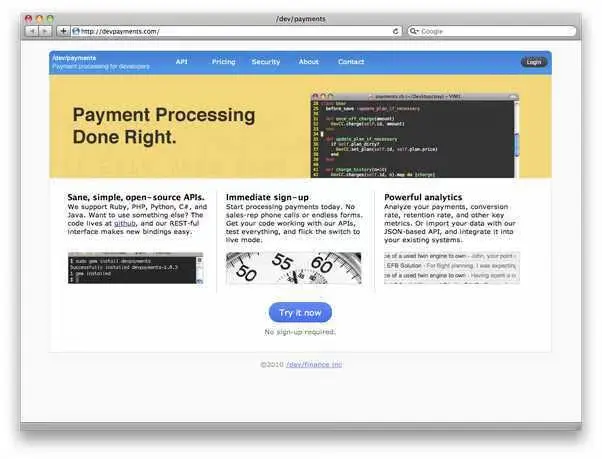
Stripe’s journey to success began with a laser-focused Minimum Viable Product (MVP).
The Collison brothers knew that simplicity and developer-friendliness were key to unlocking the online payments puzzle. 🧩
Their MVP centered around a few core elements that set Stripe apart:
⚡ Lightning-fast integration with just 7 lines of code
🙌 A clean, well-documented API that developers loved
🌍 Support for multiple currencies and payment methods
🔒 Robust security and fraud prevention features
But here’s the kicker:
Behind the scenes, Stripe’s MVP was a masterclass in the “Wizard of Oz” approach. 🧙♂️
Patrick Collison himself would manually onboard new users, ensuring a seamless experience while the team fine-tuned the product. 🎨
This hands-on, customer-centric approach allowed Stripe to gather invaluable feedback and iterate quickly. 💬
By focusing on a specific audience (developers) and their pain points, Stripe crafted an MVP that hit the mark and set the stage for explosive growth. 🚀
Product-Market Fit 🎯
Stripe’s MVP was a hit, but the real magic happened when they found their perfect product-market fit.
The Collison brothers had a hunch that targeting developers could be their secret weapon, and boy, were they right! 🎯
By catering to the needs of tech-savvy startups and focusing on a seamless developer experience, Stripe struck gold. 💰
The numbers speak for themselves:
📈 In just 2 years, Stripe had more than over 100,000 active accounts [3]
🚀 By 2015, Stripe was processing billions of dollars annually [4]
Developers raved about Stripe’s well-designed API and top-notch documentation, while businesses loved the simplicity and speed of integration. 💻❤️
Stripe’s laser-focus on its core audience paid off big time, as word-of-mouth spread like wildfire in the tech community. 🔥
Stripe’s PMF success was a testament to the power of understanding and serving your target market.
Positioning & Branding 🌈
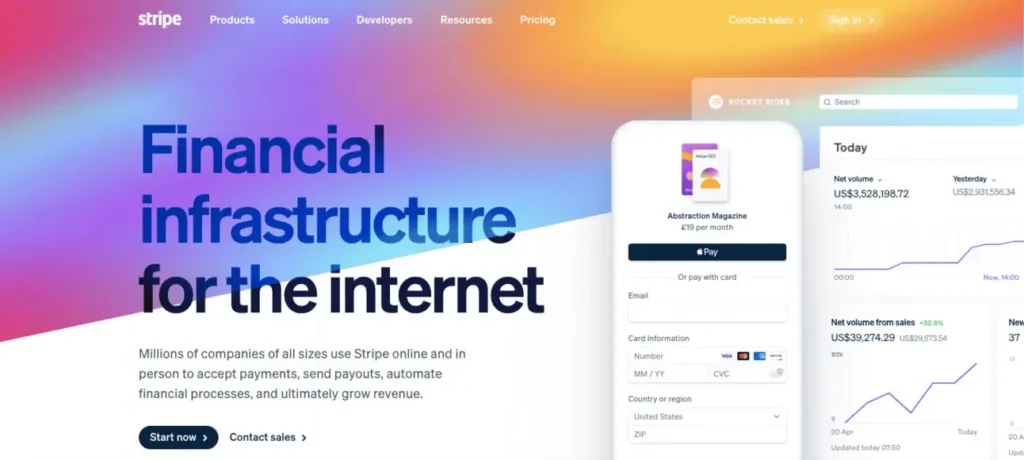
Stripe’s positioning and branding were a match made in developer heaven.
They expertly crafted an image that resonated with their target audience, setting themselves apart from the competition. 🌟
Stripe’s branding was all about:
🚀 Speed and simplicity
🧑💻 Empowering developers
🌍 Global reach and accessibility
😎 A cool, innovative vibe
Their messaging was clear and consistent, emphasizing:
💻 “Payments infrastructure for the internet”
⚡ “The new standard in online payments”
🎉 “The developer-friendly way to accept payments”
Stripe’s visual identity was sleek, modern, and instantly recognizable:
🟣 Bold, vibrant colors (especially their signature purple)
🌐 Clean, minimalist designs
🦄 Playful, quirky illustrations (like their iconic zebra mascot)
Stripe’s branding extended beyond just visuals – they built a strong reputation through:
🎤 Speaking at tech conferences and events
📝 Publishing high-quality content on their blog
🤝 Fostering a thriving developer community
By positioning themselves as the ultimate payment solution for developers and aligning their branding with their target audience’s values, Stripe created a powerful identity that fueled their growth. 🔥
Their brand became synonymous with innovation, reliability, and developer-centric excellence. 💯
Pricing 💸
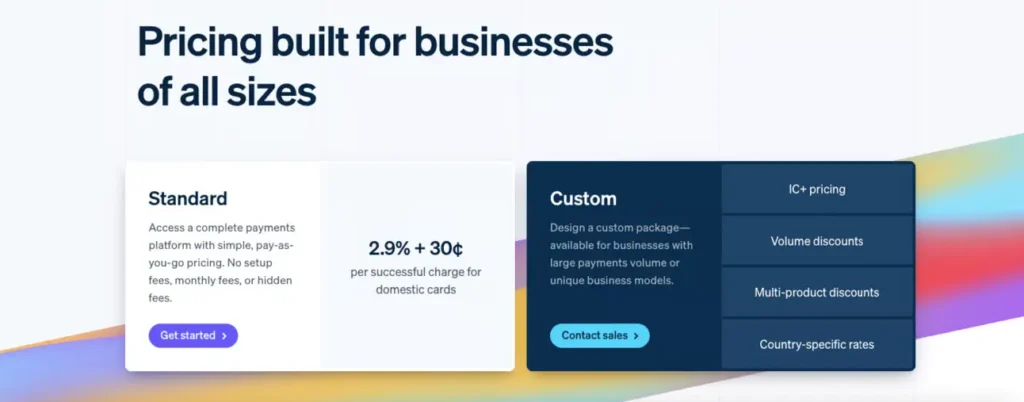
In a world of complex pricing structures and hidden fees, Stripe’s approach to pricing was a game-changer.
They understood that developers and businesses craved simplicity and transparency, and they delivered just that. 💡
Stripe’s pricing model was a masterstroke of clarity:
🔍 No setup fees, monthly fees, or hidden costs
💳 A simple, flat rate of 2.9% + $0.30 per successful card charge [3]
🌍 The same pricing for all customers, regardless of location or volume
This straightforward pricing structure made it easy for businesses to understand and predict their payment processing costs, a welcome relief from the confusing pricing of other providers. 😌
But Stripe didn’t stop there – they also offered:
🎉 No long-term contracts or early termination fees
💰 Customized pricing for high-volume businesses
🆓 A free Starter plan for small businesses and startups
By focusing on simplicity, transparency, and flexibility, Stripe’s pricing became a powerful selling point. 💪
It attracted businesses of all sizes, from scrappy startups to large enterprises, and helped Stripe scale rapidly. 📈
🚀 Acquisition
Stripe employed a diverse range of acquisition strategies to fuel their explosive growth, leveraging both organic and paid channels.
Let’s dive into the key components:
🌱 Viral Product-Led Growth
Stripe’s user-friendly integration with just 7 lines of code encouraged organic adoption
Their well-designed API and documentation received praise and word of mouth from developers
📝 Content Marketing Mastery
Stripe’s blog attracted thousands of unique visitors per month and generated many new signups weekly
They published high-quality content like books via Stripe Press to build authority [5]
🤝 Strategic Partnerships
Stripe formed partnerships with industry giants like Amazon, Google, Microsoft [6]
They integrated with popular platforms and services like Shopify, Lyft, WordPress
🌍 Global Expansion
As Stripe expanded internationally, they localized websites and ran geo-targeted campaigns
They partnered with local banks, fintechs, and payment providers in new markets
💰 Paid Acquisition
In their first year, Stripe ran ads only on Stack Overflow [7]
Later on, they invested in successful paid social media campaigns with high CTRs
By leveraging viral growth, targeted marketing, and strategic relationships, Stripe built an unstoppable acquisition engine that propelled them to dominance. 🚀📈
Growth Loops 🔄
Let’s get loopy with how Stripe unlocked some straight 🔥 growth dynamics that took their biz from just 7 lines of code 💻 to powering the internet’s money movement. 🌐💰
The key growth loops included:
📦 Product-Led Growth Loop
Stripe’s branding displayed to end users when businesses used their payments 🪟
Driving awareness and interest to explore using Stripe themselves 🤔
Some end users converted into new Stripe signups ♻️
Restarting the product-led growth cycle with a new cohort
💰 Paid Acquisition Loop
Stripe invested in paid marketing channels like targeted ads 💥 [Doc 1]
Bringing in new signups as the input 👥
Revenue from those new users funded more paid acquisition 💸
Continuously generating new users to restart the paid loop 🔄
These growth loops were chefs kiss 👩🍳 because of how they interlinked and turbocharged each other’s impact:
Paid ads hyped Stripe, driving referral word-of-mouth
Product-led growth put Stripe’s ecosystem in front of more peeps
More users meant more data to enhance products and targeting
This self-perpetuating system was Stripe’s custom-built Tesla Cybertruck 🛻 for acquiring, retaining, and expanding their user base at exponential speeds
Activation 🎬
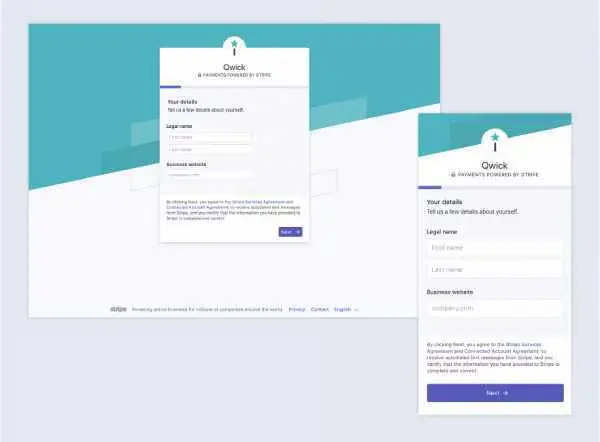
Once new businesses caught wind of Stripe, the goal was to get them integrated and processing payments ASAP.
Stripe’s activation playbook was all about eliminating friction:
📲 Simplified Mobile Signup
5 min start-to-finish signup flow
Auto ID verification to skip any bf 🧾
👋 Personal Nurture Touches
Greeted with friendly setup videos and docs
Well-documented API that developers loved
Quick test payments to kickstart that $$$ flow 🤑
🔑 Dead Simple Integration
Businesses could start accepting payments with just a few lines of code 🔥
No complex implementation needed, just copy & paste
Result? A smooth, zippy path to activating new users into stalwart Stripe partners:
By cutting out ALL non-essentials during onboarding, Stripe made activation so simple, you’d think it was an Apple product. 💯
Retention 🔒
For Stripe, retaining users meant ensuring businesses kept processing payments through their platform month after month.
Their retention playbook focused on continuous value delivery:
✨ Constant Innovation
Rolled out new features nonstop to meet evolving needs
Added billing, fraud protection, business ops tools & more
📥 Feedback Integration
Obsessive about incorporating user feedback into product roadmap
60% of users reported discovering new features through Stripe’s suggestions
Made merchants feel their voice was the priority
🛡️ Robust Security
Proven fraud prevention and data protection layers
Gave businesses peace of mind around sensitive transactions
“Bank-level security” without the hassle
🤝 Premium Support
Dedicated customer support for largest merchants [Doc 2]
White-glove treatment for whales, cementing stickiness
💵 Pricing Flexibility
Let businesses right-size pricing as they scaled
Custom bundles and plans for enterprise clients
Minimized reasons to churn by aligning value/costs
By continuously evolving their product, prioritizing customer needs, and providing world-class service, Stripe entrenched themselves:
94%Of Stripes users use multiple Stripe products
79% daily engagement in Stripe’s communities
90%+ annual user retention rate
Expansion Revenue Exceeding 130% Net Dollar Retention
Merchants were hooked on riding Stripe’s innovation train, with no plans to buy another ticket. 🚄
Lessons Learned: Stripe’s Blueprint for Success 📘
Stripe’s remarkable growth story offers valuable lessons for businesses across all industries.
Here are the key takeaways:
1. Identify and Solve a Real Problem Elegantly 🔑
Focus on addressing a genuine, pressing market pain point
Develop a beautifully simple and friction-less solution
2. Optimize the User Experience Relentlessly 👩💻
Whether a product, website or workflow, make it intuitive
Prioritize delightful touches that differentiate the experience
3. Implement Compounding Growth Loops 🔄
Design closed systems where outputs become new inputs
Interconnect multiple loops to create a powerful growth flywheel
4. Unlock Product-Led Growth 💰
Let your exceptional user experience market itself
Word-of-mouth and viral sharing will activate organically
5. Build an Ecosystem of Value 🌎
Surround your core offering with complementary products/services
Continuously enhance utility to increase stickiness
6. Think Global, Act Local 🌍
Architect your solution and go-to-market for international scale
But tailor your approach in each new region you expand
By applying these principles from Stripe’s victorious growth playbook, businesses across sectors can dramatically improve their trajectories.
Well folks, that’s our deep-dive into how Stripe leveled-up from just 7 lines of code 

I know y’all got other biz builder besties who would frock massively to level up their growth games too.
So be a real one and tap that share button to slide this their way.
They’ll be thanking you more than Patrick Collison showers his Stripe referral homies.
Either way, we all just leveled up on how to unlock exponential growth and build the next generational titan.
Now get out there and make the world put some respec’ on your name!
I’ll catch y’all on the next one.
Peace!
Sources:

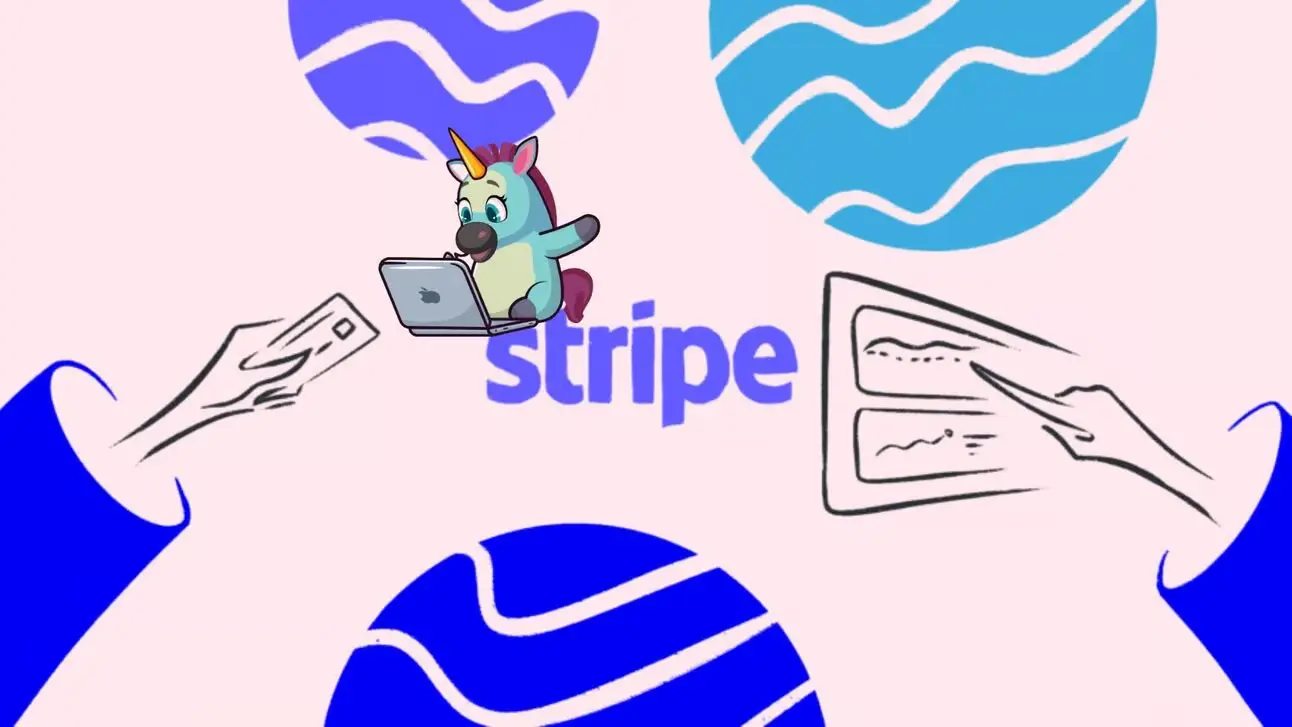





Leave a Reply